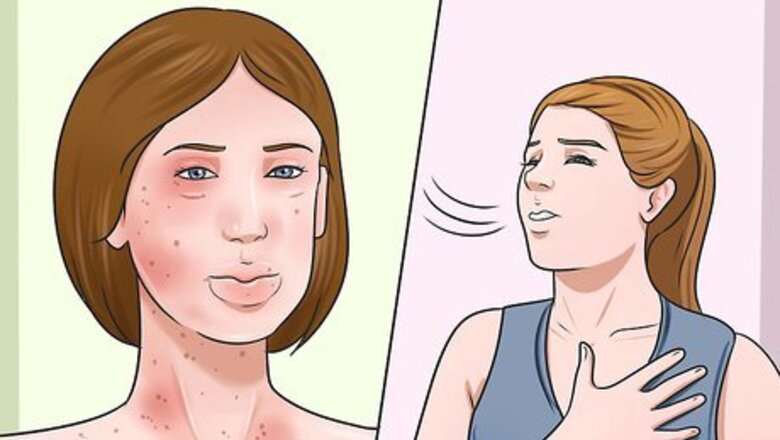
views
X
Research source
Getting Immediate Treatment for Serious Allergies
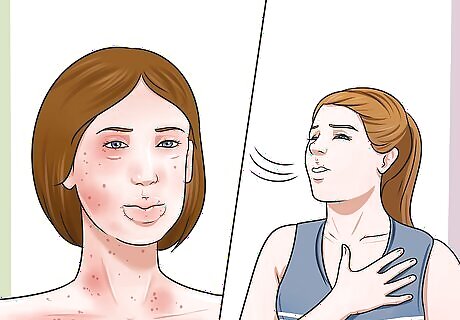
Recognize anaphylactic shock. This can quickly become fatal and may occur within minutes of your exposure. Symptoms include: Hives Itching Flushed or pale skin The feeling that your throat is closing Swollen tongue or throat Breathing problems or wheezing Weak, fast pulse Vomiting Diarrhea Fainting
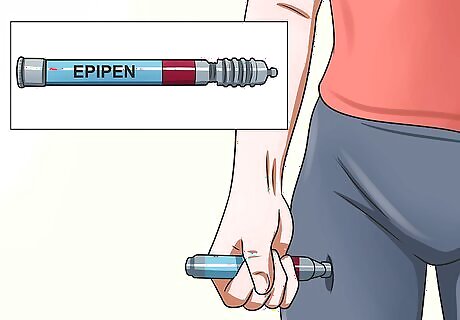
Use your epinephrine injector if you carry one. If you carry an epinephrine injector (EpiPen), give yourself the injection. Follow the instructions in the package. Inject the medication into the outside of your thigh. Do not inject it elsewhere because this will increase your chances of having side effects. Do not use the medication if it has changed color or if you see solid clumps in it.
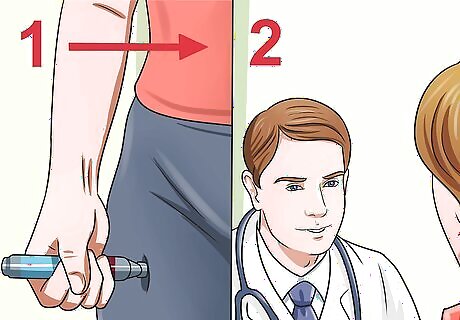
Go to the doctor, even after injecting yourself. Because anaphylaxis can quickly be fatal, go to the emergency room even if you feel better. Getting checked by a doctor is necessary in case the symptoms start again. Side effects from the epinephrine injection can include skin reactions, fainting, irregular or racing heartbeat, vomiting, stroke, and breathing problems.
Getting to the Root of the Problem
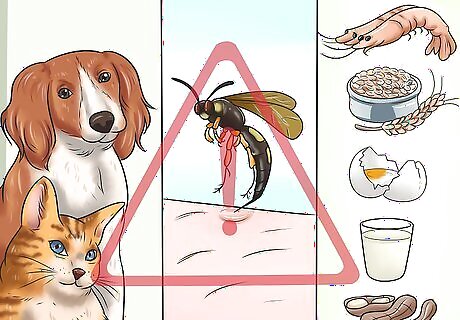
Identify common allergens, e.g foodborne allergen sources such as nuts which can cause severe hypersensitivity reactions that lead to skin irritation, nausea and sometimes even to Anaphylaxis. Chances are you will have a different set of symptoms, depending on what your allergens are. There are many common allergens: Substances that are in the air such as pollen, pet dander (which is what causes people to be allergic to dogs and/or cats), dust mites, and mold will often cause a stuffy nose, coughing and sneezing. Bee or wasp stings will cause swelling, pain, itching, and in extreme cases, possibly anaphylactic shock. Foods such as peanuts, other nuts, wheat, soy, fish, shellfish, eggs, milk may cause digestive problems like nausea, vomiting, or diarrhea or even anaphylactic shock. Medications like penicillin often cause systemic reactions including an itchy rash, hives, or anaphylactic shock. Latex or other things that touch your skin may cause local irritation including a rash, hives, itching, blisters or peeling. Allergic-like reactions are even possible to extreme heat, extreme cold, sunlight, or friction on the skin.
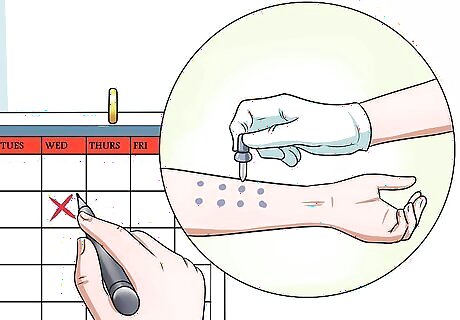
Make a doctor’s appointment to get an allergy test. If you are having trouble determining what your allergies are, a board-certified allergist can conduct tests to help figure it out. During a skin test or prick test the doctor will put a tiny amount of suspected allergens under your skin and then watch to see if you react with redness and swelling. A blood test will allow the doctor to evaluate whether your body is reacting with an immune response to particular allergens.
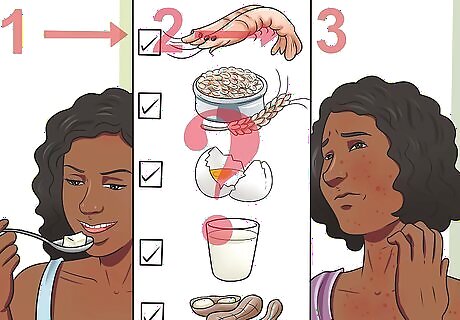
Identify food intolerances with elimination testing. This should be done under the supervision of a doctor. If you have suspicion of what you might be intolerant to, eliminate it from your diet. If that was the source, your symptoms should improve. Your doctor may ask you to eat it again, to see if your symptoms return. This would help confirm that it was the source. Keeping a food diary during this process can help you and your doctor keep track of your symptoms and detect any other possible ingredients you might still be exposed to.
Treating Seasonal Allergies
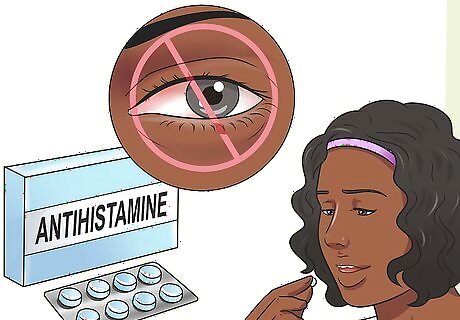
Use oral antihistamines to get relief from common symptoms. Antihistamines can improve a drippy nose, itchy eyes, watery eyes, hives, and swelling. Some antihistamines can make you sleepy so you shouldn’t drive when you are taking them. Common ones include: Cetirizine (Zyrtec) Desloratadine (Clarinex) Fexofenadine (Allegra) Levocetirizine (Xyzal) Loratadine (Alavert, Claritin) Diphenhydramine (Benadryl)
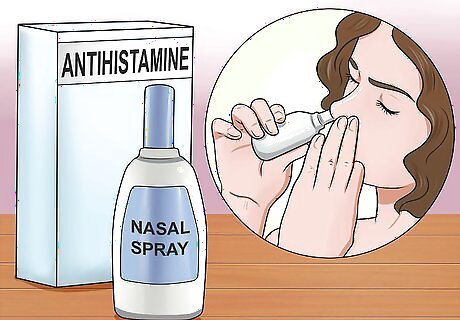
Try an antihistamine nasal spray. It should reduce sneezing, stuffy sinuses, postnasal drip, and improve an itchy or drippy nose. These are available by prescription: Azelastine (Astelin, Astepro) Olopatadine (Patanase)
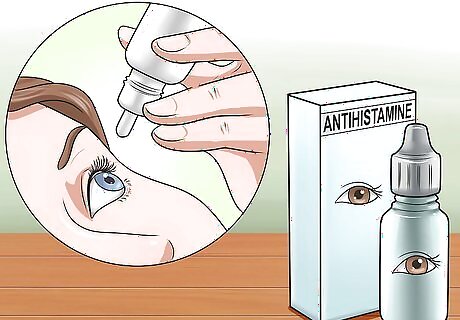
Use antihistamine eye drops to soothe itchy, red, or swollen eyes. Keep them in the refrigerator to prevent them from stinging. Azelastine (Optivar) Emedastine (Emadine) Ketotifen (Alaway, Zaditor) Olopatadine (Pataday, Patanol) Pheniramine (Visine-A, Opcon-A)
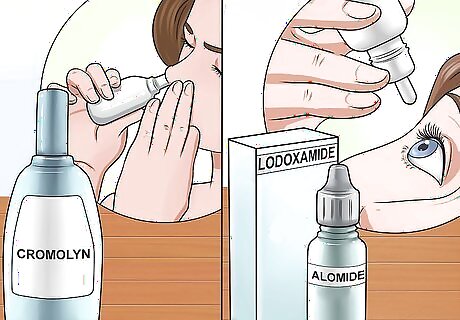
Use mast cell stabilizers as an alternative to antihistamines. If you aren’t able to tolerate antihistamines, you may have more success with these. They prevent your body from releasing chemicals that cause allergic reactions. Cromolyn is an over-the-counter nasal spray. Prescription eye drops include: Cromolyn (Crolom), Lodoxamide (Alomide), Pemirolast (Alamast), Nedocromil (Alocril).

Ease nasal and sinus congestion with oral decongestants. Many are available over-the-counter. Some also have an antihistamine in them. Cetirizine and pseudoephedrine (Zyrtec-D) Desloratadine and pseudoephedrine (Clarinex-D) Fexofenadine and pseudoephedrine (Allegra-D) Loratadine and pseudoephedrine (Claritin-D)
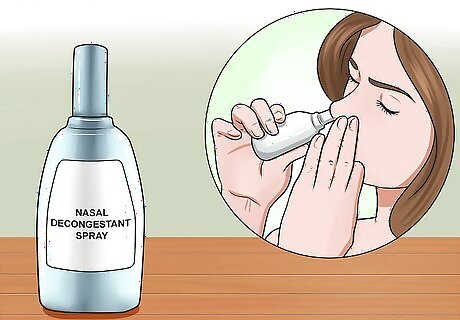
Get immediate relief with nasal decongestant sprays and drops. But don’t use them for more than three days or they might make your congestion worse. Oxymetazoline (Afrin, Dristan) Tetrahydrozoline (Tyzine)
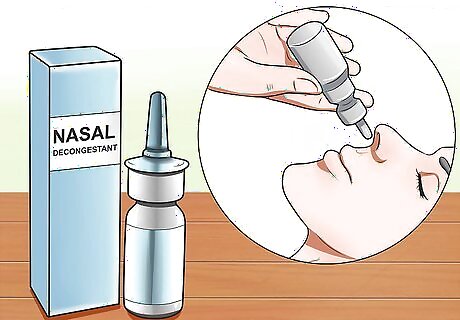
Reduce inflammation using nasal corticosteroids sprays. This can reduce stuffiness, sneezing, and dry up a drippy nose. Budesonide (Rhinocort Aqua) Fluticasone furoate (Veramyst) Fluticasone propionate (Flonase) Mometasone (Nasonex) Triamcinolone (Nasacort Allergy 24 Hour)

Try corticosteroid eye drops if nothing else works. This will improve itchy, red or watery eyes. But you need to be closely monitored by an eye doctor because these medications may increase your chances of cataracts, glaucoma, eye infections, and other problems. Fluorometholone (Flarex, FML) Loteprednol (Alrex, Lotemax) Prednisolone (Omnipred, Pred Forte) Rimexolone (Vexol)
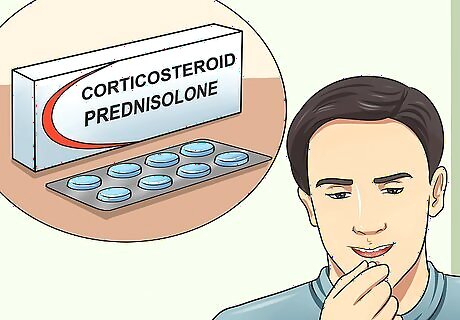
Treat severe allergies with oral corticosteroids. But don’t use these for an extended period of time because the side effects are serious. They may cause cataracts, osteoporosis, muscle weakness, ulcers, high blood sugar, delayed growth in kids and exacerbate hypertension. Prednisolone (Flo-Pred, Prelone) Prednisone (Prednisone Intensol, Rayos)
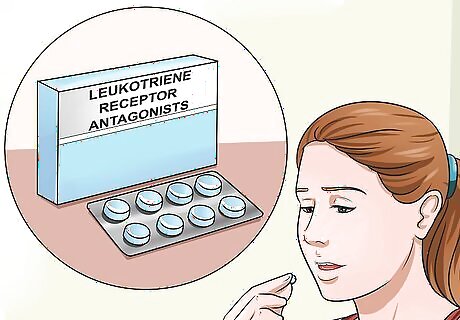
Try leukotriene receptor antagonists. They counteract leukotrienes, which are substances that your body releases during an allergic reaction. These medications should reduce inflammation.
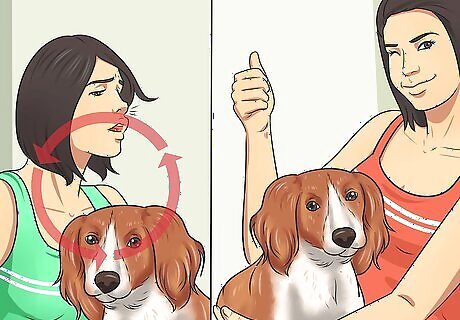
Try desensitization therapy. This is also called immunotherapy and is offered when medications don’t work and you can’t avoid being exposed to the allergen. The doctor will expose you to the allergen to decrease your reaction to it. Each dose you get will be greater than the last until you reach a maintenance dose. The allergens are usually administered as shots, but for grass and ragweed, you may get a pill that will dissolve under your tongue. Many allergists also offer immunotherapy in the form of drops that you put under your tongue. This must be done under a doctor’s supervision and may take several years.

Try natural remedies. Be sure to talk to your doctor before taking supplements or herbal remedies, especially if you are taking other medications or have any medical conditions to make sure they won’t interact or aggravate your condition. Also, the dosages in herbal remedies are not well regulated, so it is difficult to know how much you are taking. Remember: "natural" doesn't automatically mean "safe." Take butterbur tablets. Some scientific studies suggest that they may reduce inflammation and have effects that are similar to antihistamines. Bromelain may also have anti-inflammatory properties. Inhale steam from water with eucalyptus oil added to it. The oil will give a sharp smell which will clear your sinuses. But don’t ingest it or put it on your skin because it’s poisonous. Relieve congestion with a saline nasal spray. It will help reduce inflammation and dry out a drippy nose.
Reducing Your Exposure to Allergens
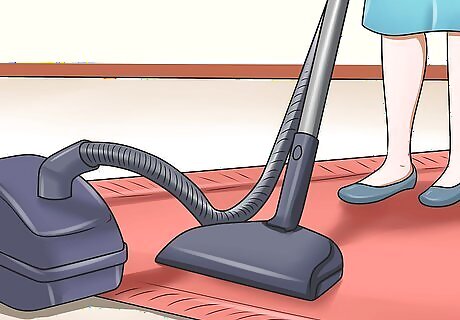
Prevent the buildup of allergens in your house. Many substances in the air in our houses can cause allergies. This includes pet dander, dust mites, and pollen that has blown in from the outside. Vacuum frequently. Using a vacuum with a high-efficiency particulate air filter (HEPA) will reduce the allergens that are in the air. Reduce the number of carpets you have in your house. Carpets, in contrast to hard floors, hold allergens and pet dander, making it more difficult to keep the house allergen-free. Wash your bedding regularly. You spend about a third of your day in bed. If you have allergens on your sheets and pillow, you are spending a third of your time breathing in those allergens. Use a dust mite cover on your mattress to prevent allergens from settling. Wash your hair before you go to bed to rinse out any pollen that might be stuck in it. If you are allergic to particular pollens, stay at home as much as you can at the time of the year when the levels of those types of pollen are high. Keep your windows closed to prevent pollen from blowing into your house.
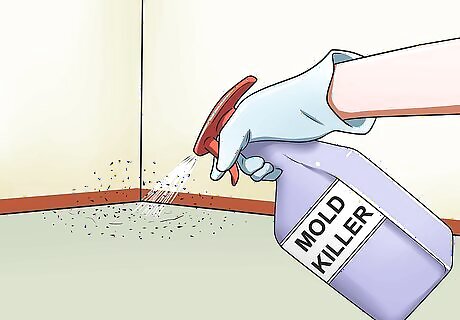
Prevent the growth of mold. This will reduce the amount of spores in the air. Keep your home dry using fans and dehumidifiers in rooms with high humidity, like the bathroom. Fix any leaks in your house. This includes small things like drippy facets and larger issues like leaky roofs that might allow water to drip down the walls. If you have mold, kill it with a solution of bleach and water.
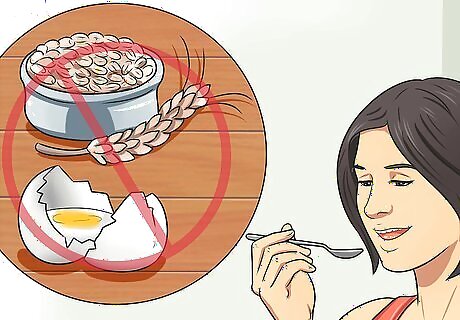
Avoid eating foods you are allergic to. If you are allergic to foods that are common ingredients like eggs or wheat, you may need to thoroughly read the ingredients lists on packaged foods. When you go to a restaurant, tell the server about your food allergies. Stress the severity of the allergy and tell them if it’s life-threatening to really make sure they understand your needs. If you need to, bring your own food with you. Then you will always know what you are eating.
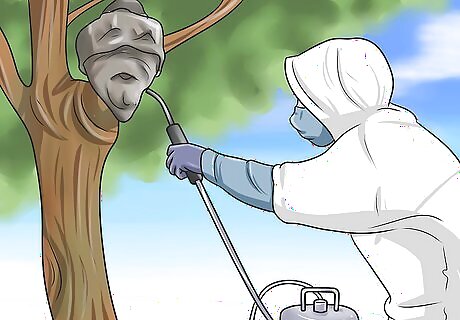
Have a professional remove any bee or wasp nests that might be near, in, or on your house. If you are severely allergic to stings, stay far away while this is happening. You may need to do this again every few years.




















Comments
0 comment